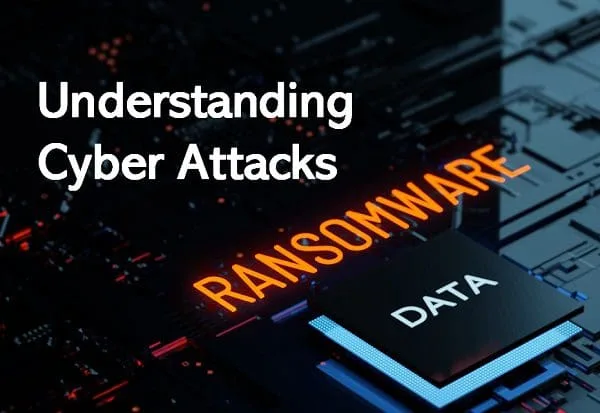The changing threat landscape reality and the frequency, sophistication and targeted nature of adversaries requires an evolution of security operational practices with a combination of prevention, detection and response of cyberattacks.
Most organization have the means to detect known attacks, although a few of these can still slip by. What has been historically difficult is stopping unknown attacks, which are specifically tailored to get around the latest protections by changing signatures and patterns of behavior.
Many organizations have made significant investments in creating their own threat-hunting team and/or in delegating to managed service providers the inevitable and critical task of continuously evolving their defensive techniques and search for better tools and ways to keep their intellectual property and digital assets secure.
Understanding how these adversaries work and the map of the organization’s defense strategy to their lifecycle shows how they can detect, stop, disrupt and recover from an attack and where their security operations need to be reinforced.
This report helps security teams understand the well-known cyber-attack lifecycle model, called the Cyber Kill Chain (CKC), and its extension to the entire network and how Panda Adaptive Defense Service covers the whole lifecycle at the endpoint level.
This Cyber Kill Chain is an excellent tool to understand how organizations can significantly increase the defensibility of their environment by catching and stopping threats at each phase of the attack’s lifecycle. The Kill Chain teaches us that while adversaries must completely progress through all phases for success, we“ just” need to stop the chain at any step in the process to break it.
Keep in mind that the most valuable assets of an organization are stored at the endpoints and servers. Therefore all attackers will want to reach them to gain access to these critical assets. Stopping adversaries at the endpoint drastically reduces the likelihood of success of any cyber attacker, simplifying efforts to break the chain and significantly increasing the efficiency and effectiveness of security equipment.
As all attackers hit the endpoints to gain access to the organization’s critical assets, stopping adversaries at the endpoint level automatically decreases the probability of success of any cyber attacker, while simplifying the efforts to break the chain and significantly increasing the efficiency and effectiveness of the security operations.


